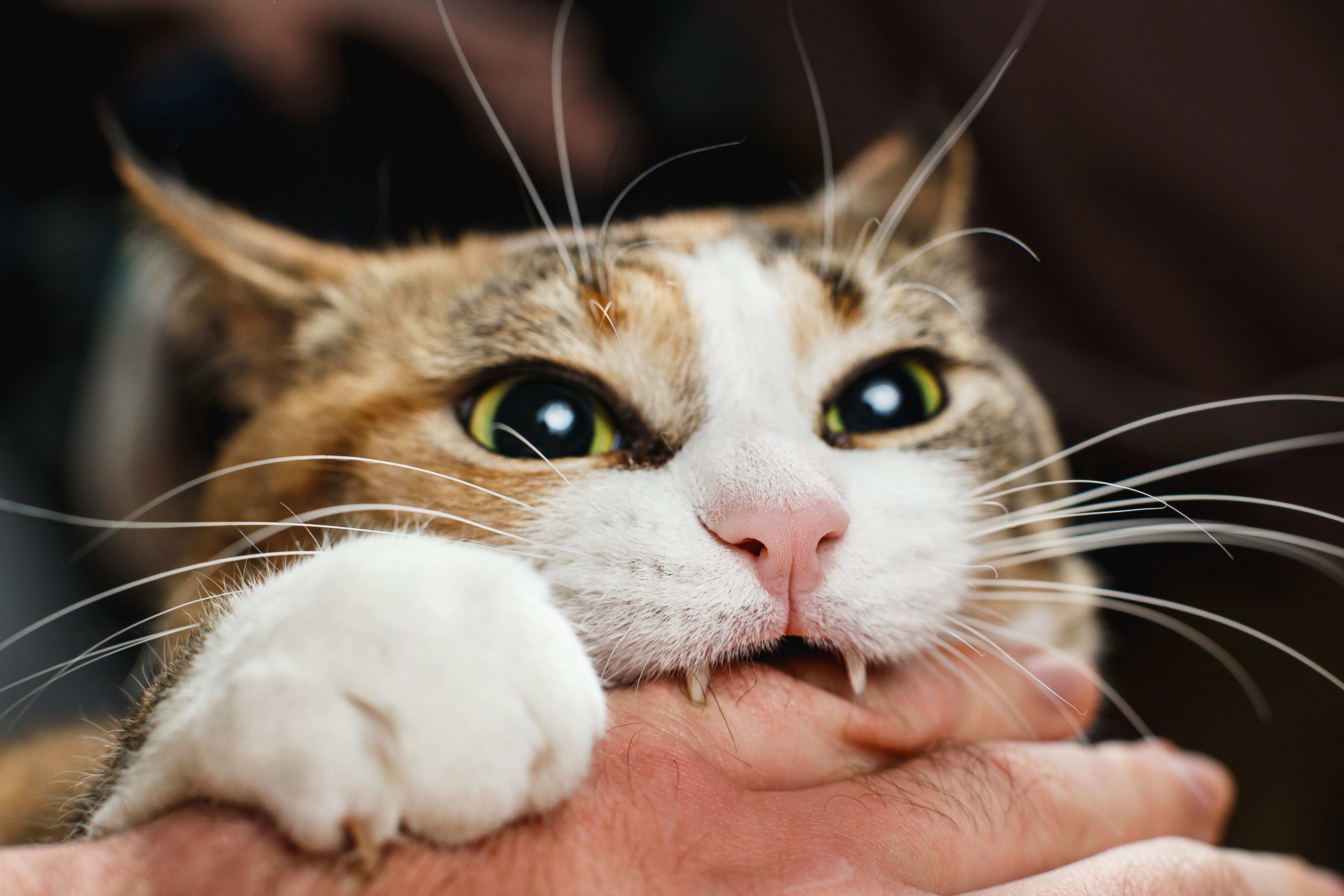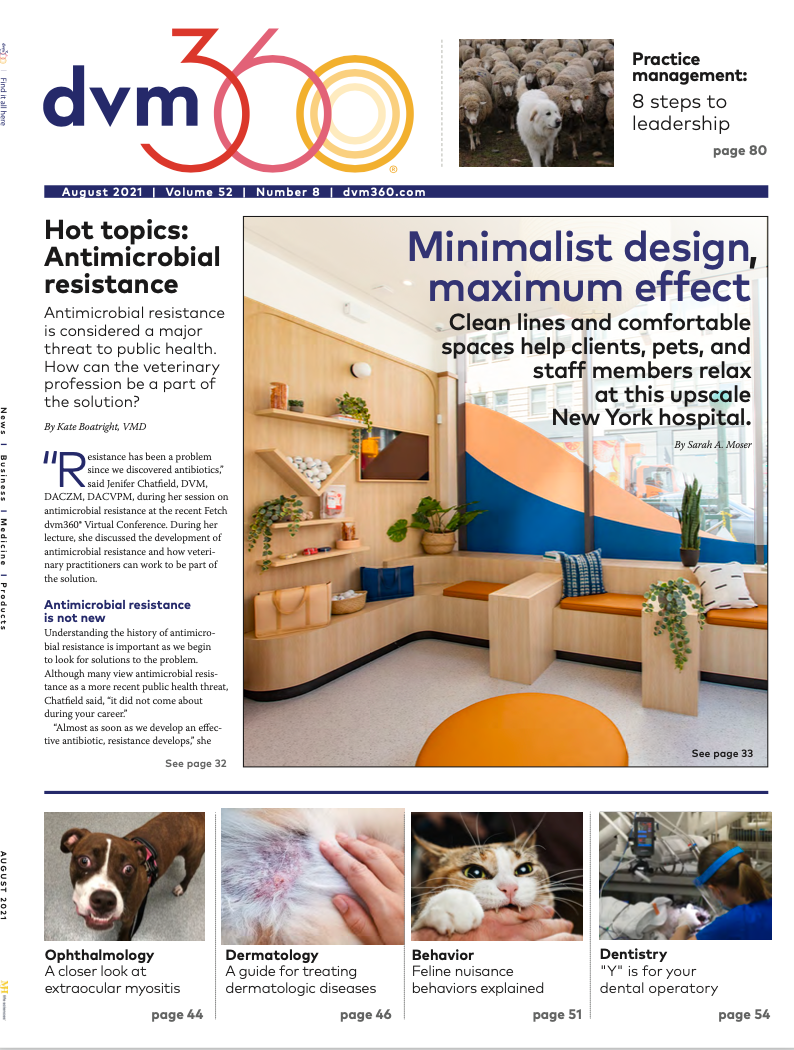According to Portland, Oregon–based animal behaviorist Chris Pachel, DVM, DACVB, CABC, feline nuisance behaviors are normal behaviors that occur in problematic ways. “Cats have the potential to annoy people and sometimes pose a danger to themselves or others in the household,” he said during a lecture at the Fetch dvm360 virtual conference this week. But these behavioral patterns commonly constitute feline frustration.
“They are not expressions of dominance or the result of vengeance or spite,” Pachel said. In fact, many nuisance behaviors stem from the cat’s environment. During his lecture, Pachel offered some helpful nuggets when assessing a cat displaying nuisance behavior.
What are nuisance behaviors?
“Nuisance behaviors are not inherently pathological,’ Pachel said. “They may be problematic, but they are not pathological.” He identified some common nuisance behaviors: scratching furniture, climbing on counters, pouncing on family members, perceived hyperactivity, chewing and other destructive behaviors, excessive nocturnal activity and vocalization, and attention-seeking behaviors.
“This is not about cats trying to take over the world, or dominance, vengeance, payback or spite. This is about cats being cats,” said Pachel.
Bring in the reinforcements
Ask yourself…
Before making recommendations to clients for curbing their cat’s nuisance behavior, ask yourself these questions. The answers will help you begin to mold your assessment so you can provide solutions that will benefit both the animal and the owner.
- Is the behavior normal for the animal or species?
- What interventions, if any, have been attempted to address the problem?
- What is reinforcing the behavior such that it continues or gets stronger?
- Does the owner have realistic expectations for improvement?
- Does the owner understand normal feline behavior?
- Does the owner have a basic understanding of learning theory and how to guide the process of behavior change?
- Does the owner or household have the ability to implement the necessary management and training plan?
One of the major questions (see sidebar) to address is whether the cat’s biological and behavioral needs are being met. If they are not, you can begin by recommending environmental enrichment strategies. Rearranging the home environment to benefit the cat is 1 way to reduce or eliminate the cat’s ability to rehearse the unwanted behavior, Pachel said.
Managing the environment in a way that is safe and allows everyone to live in harmony is the goal to strive for when designing management strategies, Pachel said. For guidance on the appropriate level of enrichment for an animal’s environment, he referred attendees to the 5 pillars a healthy feline environment:
- A safe place
- Multiple and separated key resources
- The opportunity for play and predatory behavior
- Positive, consistent, and predictable social interactions
- An environment that respects the importance of [their] sense of smell.
“As we really start to recognize how animals learn and how different fears and anxieties can manifest, it becomes a light bulb moment,” Pachel said. “When we know better, we do better.”

